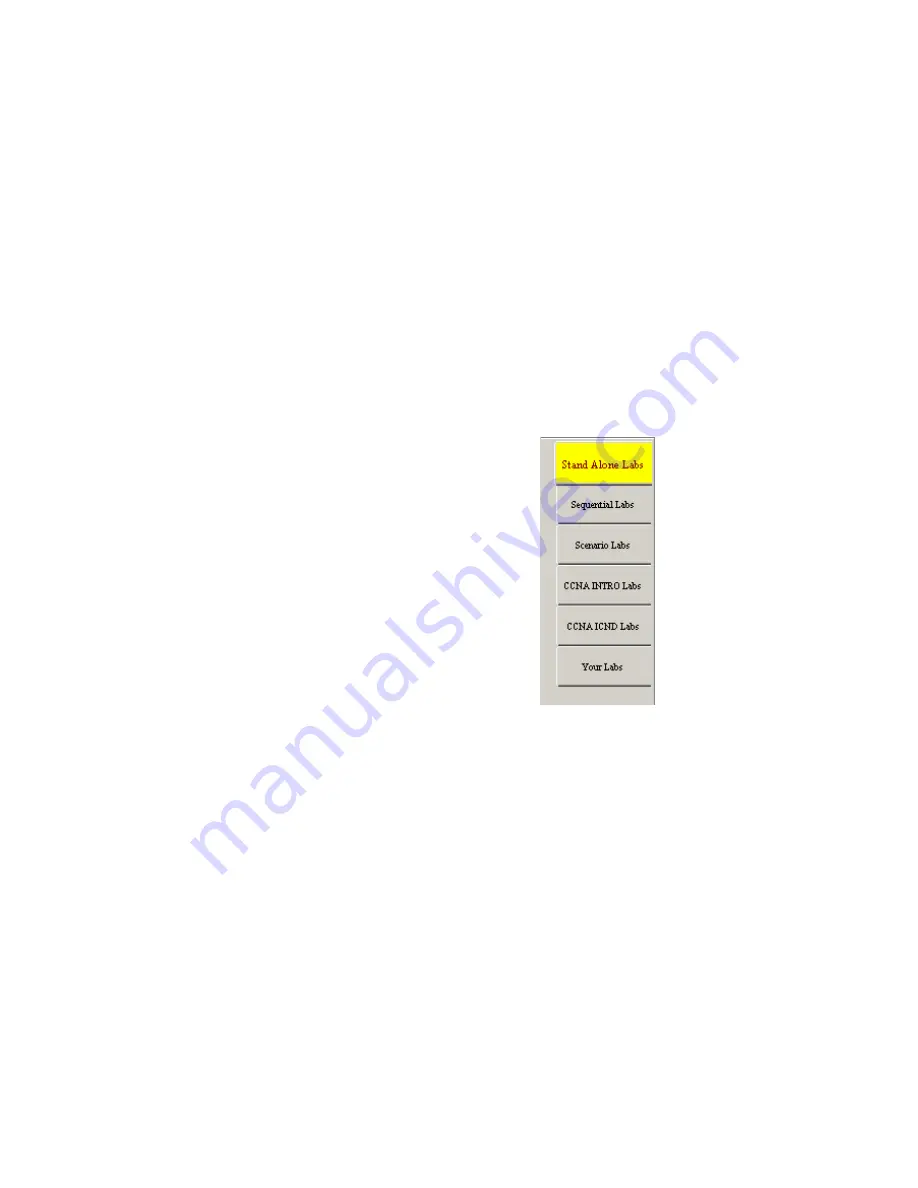
© 2004 Boson Software, Inc. All Rights Reserved.
50
Scenario Labs
In these labs you’ll be given the opportunity to read a scenario and from there work on your own to get
the lab done. Besides the scenario, you are provided with a simple running configuration list illustrating
the major points that should be included in your attempts to correctly complete the lab. Unlike some of
the other labs, these labs are designed to make you work and practice your skills that you’ve learned.
Sequential Labs
As the name implies, these labs build up on each other. They use one common topology and work in a
sequence to gradually help you build up your skills. They are also designed to assist you in understanding
how all of these technologies come together to provide an efficient networking experience. Unless you
save your topology, you cannot stop, shutdown the program, and then just restart a new later lab and
expect the instructions to carry you from the first step. In the case you shutdown the Simulator before
you’ve completed them, make sure you save your work. If you don’t save, you’ll end up need to repeat
quite a few steps depending on what area you are working on.
Stand Alone Labs
Unlike the Sequential Labs, you can come and
go as you please with the Stand Alone Labs
because each lab is independent, except for a
few cases.
They are designed to cover the various CCNA
topics at an easy pace. They can also can serve
as refresher labs too because you do each lab
separate.
With the topology varying between most of the
labs, you don’t get bored.
They couldn’t be any easier to follow,
especially since each lab provides to you step
by step instructions, along with study notes
after each lab.
Figure 3: List of tabs
















































